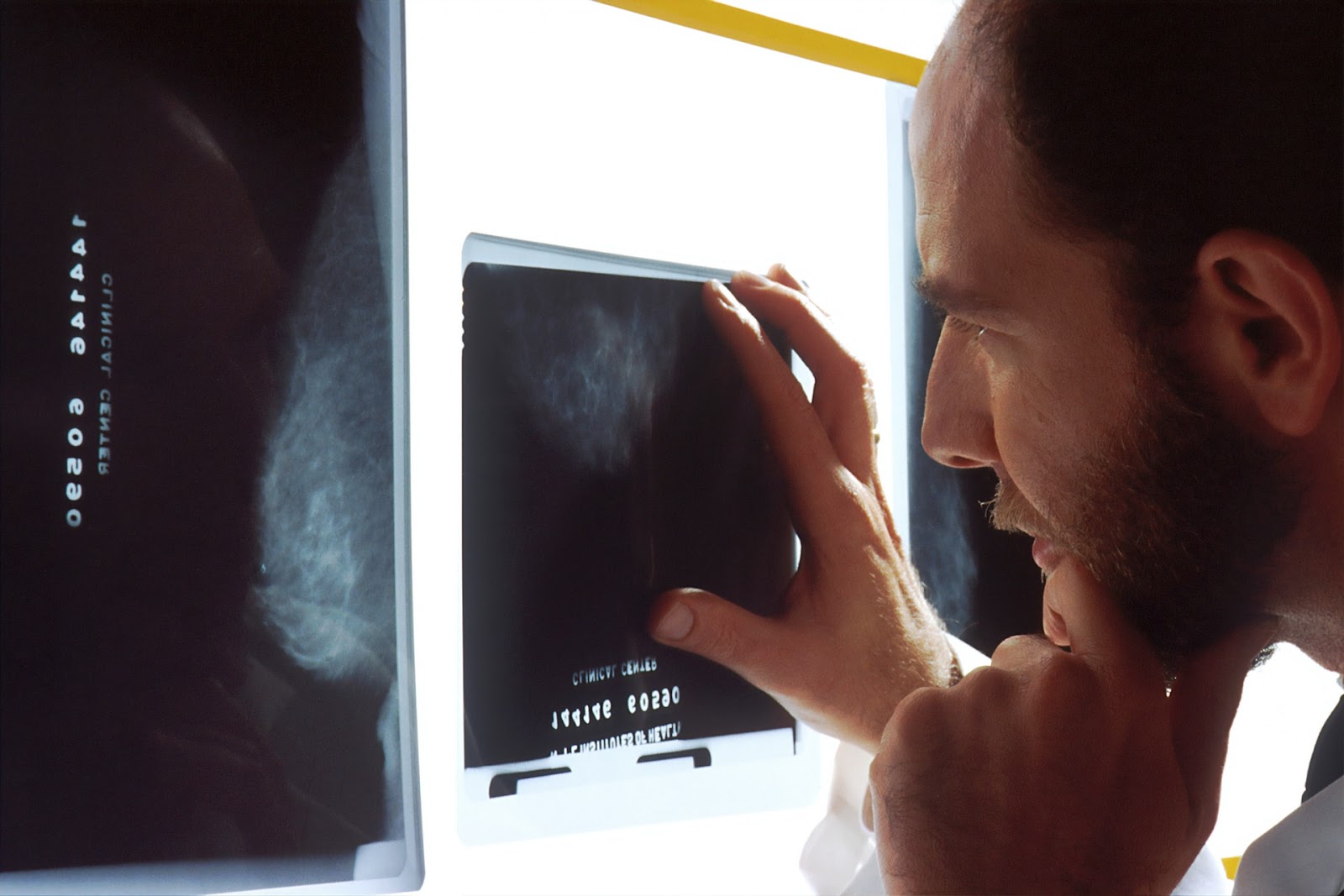Fast-paced technological innovation is the hallmark of the times we live in and has had an impact on every facet of our daily lives. Below are the key ways that medical tech is now an inherent part of our experience of healthcare services – and a look at the developments we can expect to see over the next few years.
Online Medical Services
In the wake of the pandemic, doctors’ surgeries largely moved to an online-only appointment system; the benefits of this system mean that it is likely here to stay and will continue to be offered in addition to traditional face-to-face consultations.
The increased use of VoIP in service provision has meant that patients have been able to enjoy a more reliable service, with poor-quality connections quickly becoming a thing of the past. As well as being able to now access consultations online, patients can often obtain prescriptions or order repeat prescriptions online or gain information and advice on a range of common ailments and conditions virtually.
Incorporating technology such as HIPAA compliant online faxing that enhances the protection and security of data means that patients’ personal information is safer than ever before.
Medical Alert Services
Advanced services that provide medical alerts are now on the market, which is especially useful to elderly or frail adults or those who are otherwise vulnerable and live alone. Most alert services are now easily wearable and connect to the home’s wifi; a button can be pressed if the user needs emergency assistance, and many feature fall detectors, too. Medical alert services will connect to an outside monitoring agency that can respond quickly and appropriately if the alarm is raised, and can also be set to send a notification to a friend, loved one, or carer should a response be required.
QMedic is one such advanced alert service, read review here, that tracks and escalates calls for assistance; the alert is worn either on the wrist or around the neck as a pendant. The intuitive system monitors the wearer passively and detects any unusual behaviors, and alerts medical staff or the nominated relative accordingly. The tech works through machine learning; the device develops algorithms to track and detect activity, getting to know the wearer’s habits and the overall rhythms of their day, so that it can raise the alarm should something be amiss.
Diagnostic Testing
Testing for a range of diseases and conditions is becoming more advanced year on year and can now accurately detect problems effectively and, often, at a very early stage. This has had a significant impact on the survival rates of, for example, certain types of cancer.
Rapid result testing for antigens has taken huge leaps forward as a result of the pandemic, with massive amounts of resources and expertise drafted into the fight to develop a test that could provide near-instant results; these advances will have a wide-ranging application and act as the springboard for the development of similar tests for other illnesses over the coming years.
Improved Imaging
Medical imaging is vital in the diagnosis and management of a variety of conditions, as well as being crucial in cases where there is the potential that an internal injury or trauma has been sustained.
The use of 3D printers in medicine is now allowing doctors to look in greater detail than ever before at tumors, for example, that are present in a patient’s body, and can be used to pinpoint the exact location of a potential blood clot. Surgeons are now regularly using augmented reality systems to precision plan surgery before the procedure begins, and AI is serving as a guiding tool in the assessment of medical imaging, offering options for both diagnosis and procedures.
Wearable Medical Tech
As well as the wearable medical alerts mentioned above, wearable healthcare tech has come on in leaps and bounds over recent years, making it easier for conditions to be monitored and managed, and often helping those who need it to lead more independent lives while retaining the peace of mind that monitoring delivers.
Blood pressure, pulse rate, and fitness trackers can now be worn and provide accurate, accessible information and reports. Stress levels and sleep can also be monitored, which allows wearers to address any issues and take the steps needed to improve the situation or to discuss things with their doctor or healthcare provider. Some employers are now offering wearable medical tech devices to their employees as part of their general healthcare packages.
What’s Coming Next
There are some mind-blowing advances in medical tech that are expected to occur over the next few years. These include remote surgery, where surgeons use robotics to perform certain procedures, genome customized medications, and the use of stem cells as a means to grow and replace bones in patients needing a bone graft.
New tech is expected to be widely in use soon to help with persistent headaches: a surgical implant is placed behind the nose, which stimulates the nerves to reduce pain. In testing, this has been found to provide relief from migraine in just ten minutes.
Lucas Noah, armed with a Bachelor’s degree in Information & Technology, stands as a prominent figure in the realm of tech journalism. Currently holding the position of Senior Admin, Lucas contributes his expertise to two esteemed companies: OceanaExpress LLC and CreativeOutrank LLC. His... Read more
